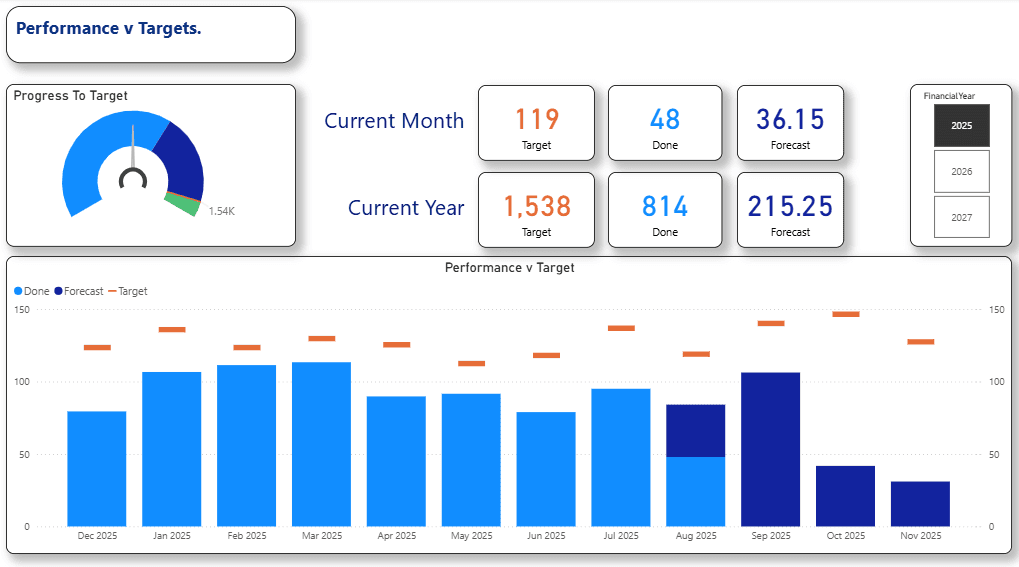IT Training
Virtual Training Vs Face-to-Face Training


Can Virtual Training be as good as Face-to-Face Training?
Human interaction is critical for learning, but this interaction doesn't necessarily need to take place in person.
Training is a two-way experience - it shouldn't simply consist of an instructor delivering content. Students need to participate in dialogue, questions, and answers, to ensure it's interesting, stimulating and - above all - to make sure that knowledge transfer is effective, ready for the application of new skills in the workplace.
PTR’s virtual training provides a nearly identical teaching experience to in-person sessions - possibly even better. Our innovative virtual training tools have taken instructor-learner interactions to a whole new level and, combined with our virtual lab environment, this creates a very effective format for IT and technology training.
Engaged learners are better learners, so we use virtual training tools such as chat, help queues, screen-sharing, whiteboards and breakout rooms to promote interactivity with and between learners. These valuable features help instructors achieve the best possible visibility, monitoring and control of learners’ systems within instructor-led online training.
The idea of opting for instructor-led virtual training rather than face-to-face classroom teaching may feel daunting, so here are some of the main features and benefits to help you decide...
1.Lab overview
This feature enables instructors to see all the learners’ desktops simultaneously, so they can see where each learner is in the course and what they're doing, and help anyone falling behind. This is also called an 'over the shoulder' view.
2. Virtual training labs
To prepare learners for real-life scenarios and reinforce the training material, it's important for them to learn via practical, hands-on experiences. Cloud lab environments emulate the way humans are meant to learn - by doing. These virtual labs provide a safe and secure replica of software for learners to practice on. By incorporating virtual training labs into a course, instructors can help learners become high performers in a short period of time. Without virtual machine training, learners would end up understanding the theory but gain zero experience of actually using the software.
3. Public and private chat
Essential for conversations between and among instructors and learners. With the public chat tool, learners and instructors can access the public chat area for class-wide updates or issues - useful for practical announcements, such as break times, and sharing class-wide information. Private chat, on the other hand, enables instructors and learners to have one-on-one conversations with each other. Providing both options is obviously important, as some people are more comfortable asking questions in private.
4. Messaging
This functionality allows instructors to send automatic pop-up messages to all learners, or just selected learners - a great way to provide quick FYIs. Instructors can use pop-up messaging to notify learners when a break is coming to an end, so learners all return to class at the same time, for example.
5. Whiteboards
A great drawing/writing tool that can incorporate an image library. Instructors can use the whiteboard feature to show flowcharts and process maps, and draw network configurations or other technology architectures. They can also use them to point to specific sections of the course material or highlight which section of the syllabus the course is currently covering. For example, instructors sometimes use the whiteboard feature to highlight a specific portion of a PowerPoint slide, graph or table.
6. A help queue
This tool enables instructors to prioritise learners who need assistance, to track the learners who requested help, and see how long each learner has been waiting for support. Requests for help are a vital part of both traditional and virtual training.
7. Screen-sharing
With in-person training, instructors often use a projector to share their screen with the class. In virtual training, screen-sharing is used instead. Within the training delivery platform, instructors can share their desktop with learners or even share a learner’s screen with the entire class.
8. Breakout groups
Similar to traditional classroom training, instructors can divide a classroom into smaller groups. While learners are in groups, they can collaborate on case studies and lab exercises, or solve a challenge — and then present their findings back to the entire class.
PTR’s owner and Managing Director Mandy Doward gives us an instructor's-eye view of virtual training.
The future
While the advent of Covid temporarily stopped face-to-face training, and forced us all to get to grips with new technology, virtual training endures today. It has many advantages - like time and money saved by not having to travel, and being able to train alongside a wider variety of people from different geographic locations and time zones. But different formats suit different learners. Whichever you feel is right for your business, we can help.
Share This Post
Ian Roberts
Technical Director
Ian is an incredibly talented solutions architect. He has over 15 years of experience working with data, as part of a broader IT career spanning over 20 years.
Frequently Asked Questions
Couldn’t find the answer you were looking for? Feel free to reach out to us! Our team of experts is here to help.
Contact Us


